- Category
- Latest news
Russia Increases Kh-101 Missile Production Despite EU and US Sanctions, Investigation Reveals
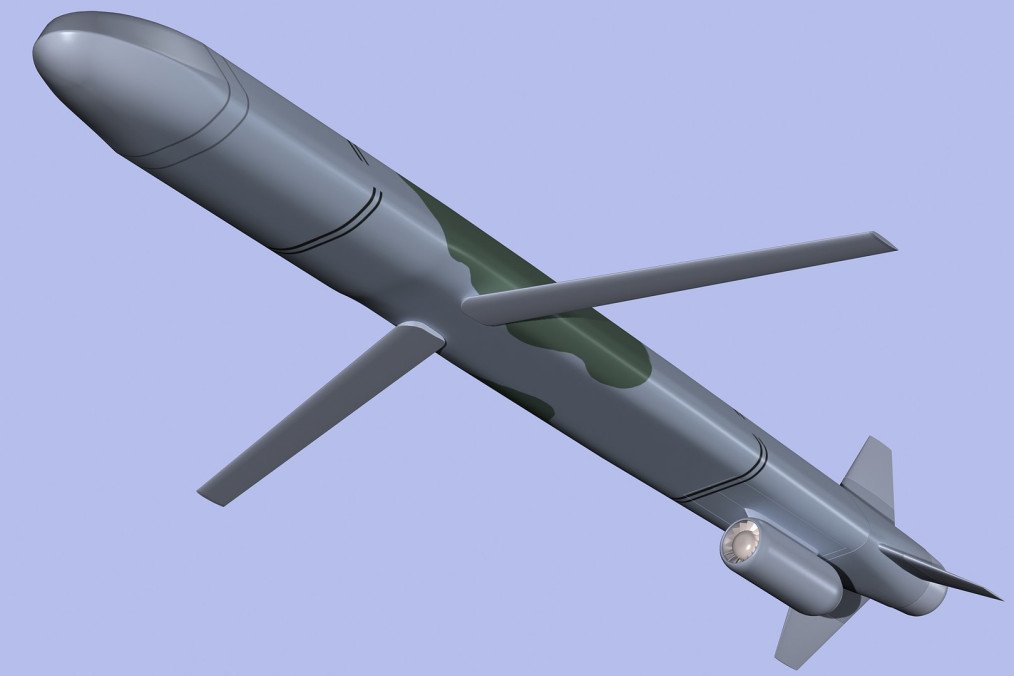
Russia has ramped up the production of its Kh-101 cruise missiles despite facing significant shortages of key components due to EU and US sanctions, an investigation by Channel 24 reveals on May 7.
The investigation highlights how Russia has circumvented sanctions through intermediaries, including companies linked to Russian oligarchs and the defense-industrial complex.
Production of the Kh-101 missile has surged from 56 units per year to 50 per month. To maintain this high output, production facilities now operate in three shifts. These facilities rely on parts delivered through a network of front companies, including those in China, which supply critical components like altimeters.
The production efforts are coordinated by the Tactical Missile Armament Corporation (TMAC), a state defense holding overseen by Rosimushchestvo, Russia’s federal agency for state property management.
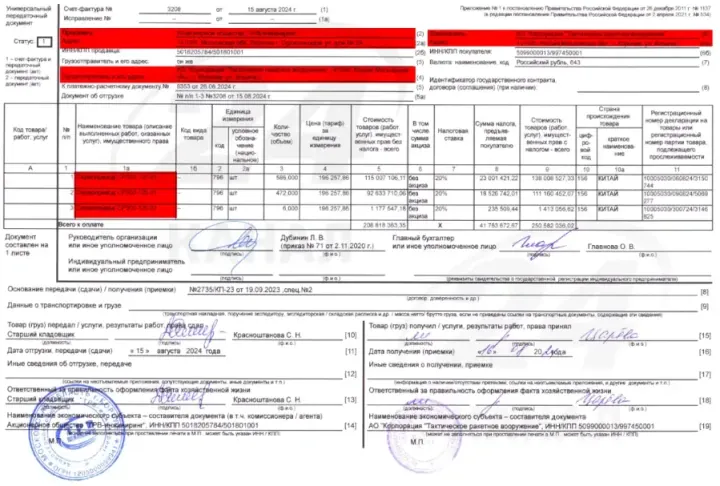
The Channel 24 investigation noted that TMAC’s chairman is Boris Gryzlov, an ally of Russian leader Vladimir Putin and the Russian ambassador to Belarus. Under his leadership, the private company TRV-Engineering handles logistics, procurement, and the organization of sanctions evasion, particularly for missile parts.
Documents obtained during the investigation indicate that Russia plans to produce at least 633 Kh-101 missiles in 2025, with 400 of these units secured under a key state contract. The remainder will be produced under additional agreements.
-3336ca785df0ebe3e84fa8baef71d263.jpg)
Despite the challenges, including disrupted supply lines and raw material shortages from Kazakhstan, Russia has continued to pursue alternative suppliers, primarily in China.
According to Channel 24, while the number of Western-made components in Russian missiles has decreased, significant quantities of parts are still purchased from allied countries or manufactured within Russia. Despite logistical setbacks, the expansion of missile production indicates that Russia is preparing for further military escalation, including the possibility of future attacks on NATO countries.
Earlier, Russian forces have begun deploying a new loitering munition with advanced autonomy features, marking a shift in their drone warfare strategy. First observed in limited strikes on Sumy in February 2025, the drone has since been detected on multiple frontlines, including in Ukraine.
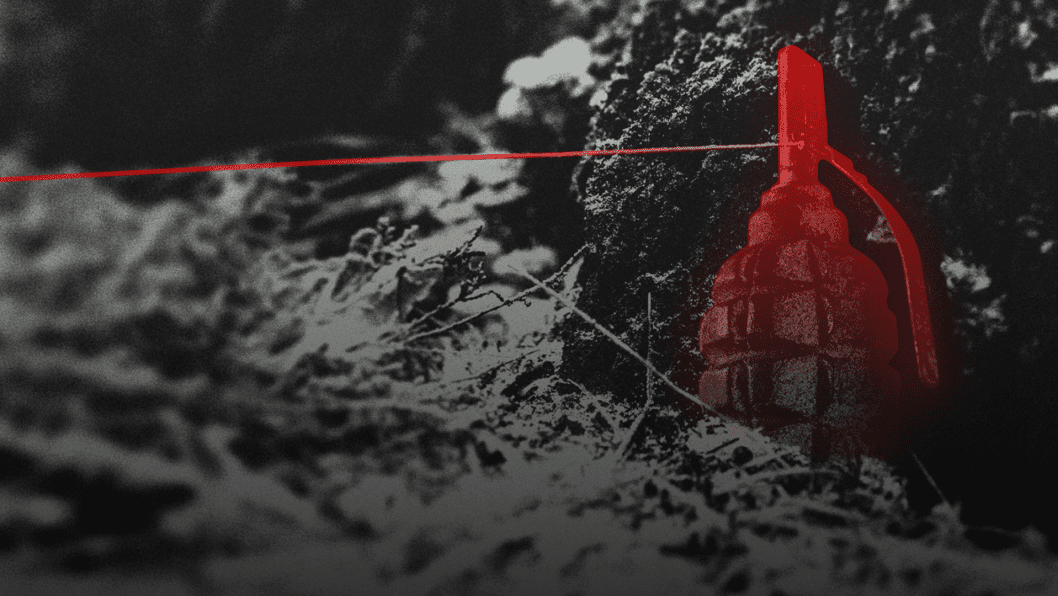
-554f0711f15a880af68b2550a739eee4.jpg)

-72b63a4e0c8c475ad81fe3eed3f63729.jpeg)
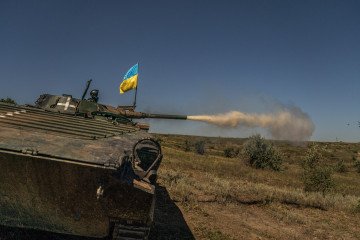

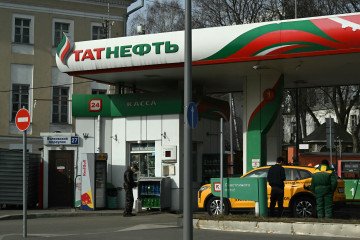


-111f0e5095e02c02446ffed57bfb0ab1.jpeg)